
How Was Life?
Global Well-Being Since 1820
Read or listen offline
Amazon KindleRecommendation
Over the course of the last two centuries, mortality rates, education, nutrition and other measures of human well-being have improved by leaps and bounds. In this comprehensive study, the OECD explores the relationship between humanity’s increasing quality of life and its economic progress since 1820. While global average GDP per capita has grown more than tenfold from that time, the level of improvement in well-being differs enormously from region to region. This illuminating report raises more questions than it answers – such as whether improvements in the human condition translate into economic growth – but it provides valuable insight into how the world has changed in the last 200 years. getAbstract recommends this thought-provoking analysis to economists, historians, sociologists, environmentalists and anyone interested in global socioeconomic trends over time.
Summary
About the Author
The Organisation for Economic Co-operation and Development is an international forum of 34 nations that promotes global economic advancement and trade.






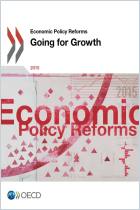
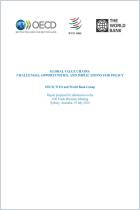
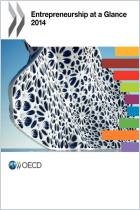
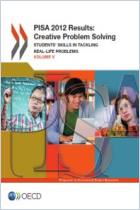
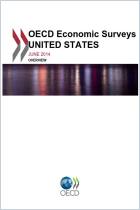
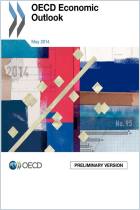

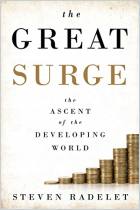
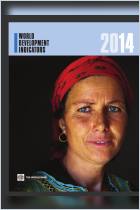

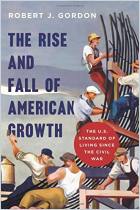

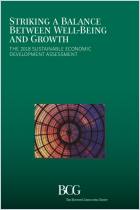



Comment on this summary